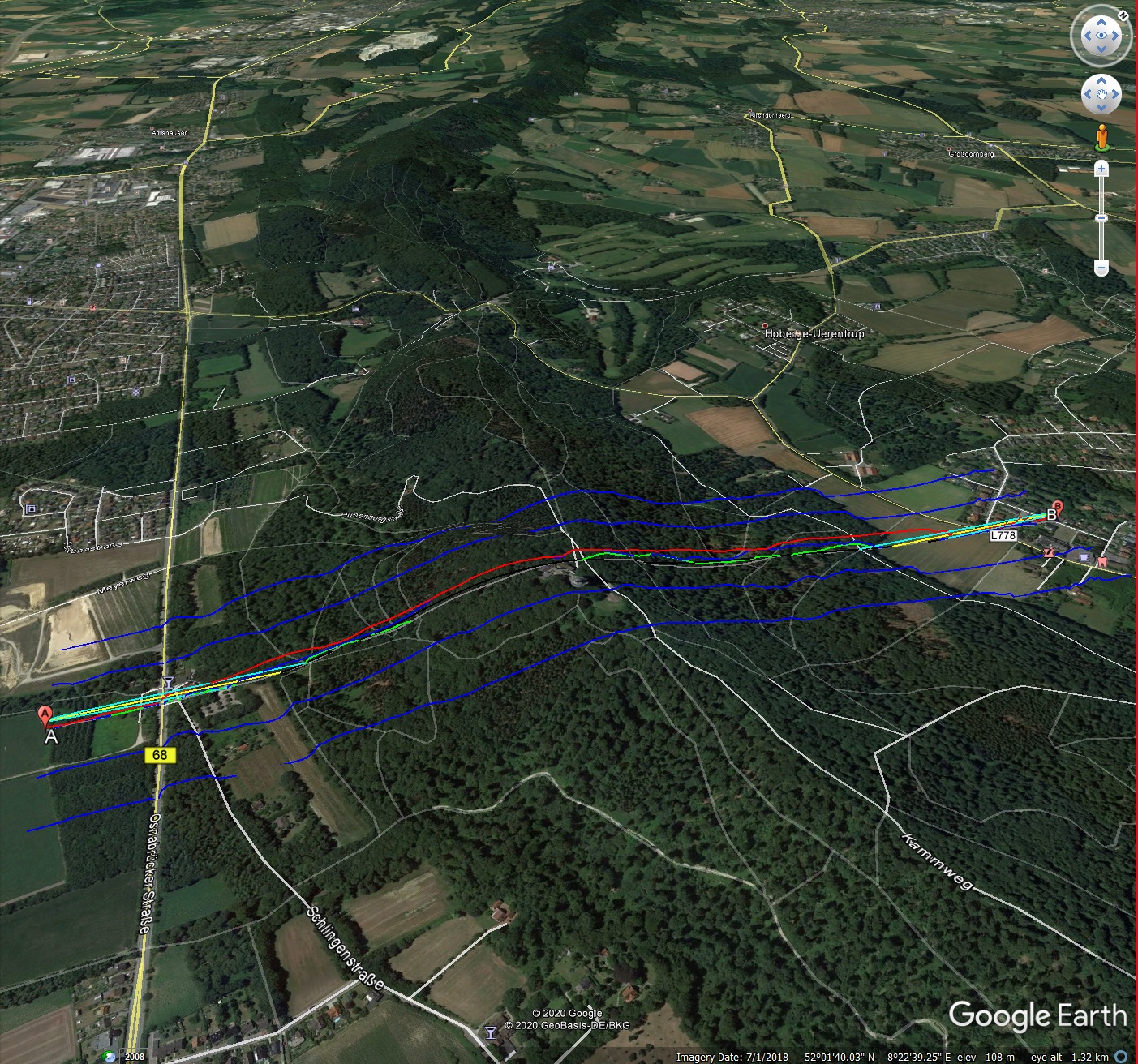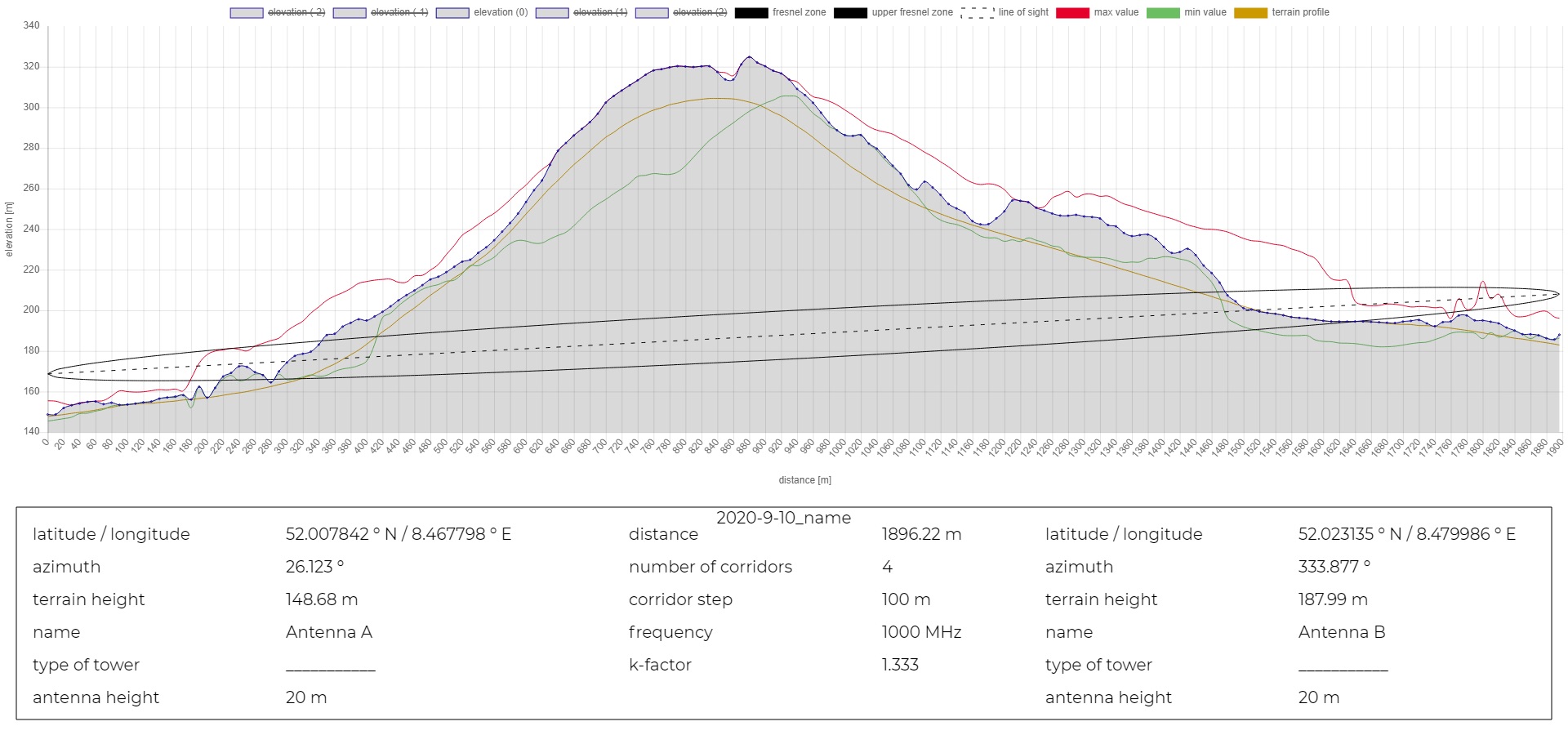
[ad_1]
Telecommunication is a highly competitive industry and a major factor which has enabled the leaders to gain competitive edge is their decision to factor in the power of location intelligence in their functioning at an early stage. Location intelligence has been helping them to understand vital facts about their business such as how many customers they can reach, how many towers they need to build and connect, how they can optimize the existing networks, etc. By keeping the ‘where’ dimension in their functioning, these companies have been able to model and test the best sites to locate towers for optimum coverage, understand the demographics of the population and target outreach efforts.
Geospatial has been an integral part of telecom networks so far, but with 5G in the picture, the relevance of geodata in telecommunication increases manifold.
Why Geospatial is Crucial in Telecom’s sustainable development
Optimizing telecom networks is not just about rolling out new technologies like 5G. The telecom companies need to focus on analyzing and optimizing the existing networks as well, and this cannot be achieved without effective use of geospatial data. Using new location data streams, they can understand consumers at a deeper granularity. Be it long-term network planning, developing the marketing strategy or capability building, geospatial becomes their ‘go-to’ technology as well.
With more complex 5G networks, the necessity of having accurate and detailed geospatial data will heighten. Location technology is vital for telecom network planning, risk management and performance monitoring, and with 5G the importance will intensify.
5G is a wireless technology standard which promises to bring with it enhanced capacity and speed of data transmissions, often referred to as low latency. This is required to enable communication between millions of devices, sensors and infrastructure. This split-second flow of densely packed data will allow intelligent systems to make more informed decisions while managing daily operations of smart communities.
5G will serve as the data transmission backbone of future technologies and cities, and to make the technology a success, telecom operators have to necessarily integrate spatial data and big data into their operations. So is the case with existing networks (2G, 3G, 4G/LTE) which aim to upgrade themselves and provide better services.
Geospatial data in all realms: Network Planning
Low-latency data throughput, which must be achieved by 5G to fulfil its promises of high-speed connectivity and data transmission, requires it to operate in a very broad bandwidth of the radio-frequency (RF) spectrum with a much higher frequency. Accordingly, cellular networks need to be reconfigured into much smaller, tighter cell sites, and as compared to 4G networks, operators are required to install many more cell sites per square kilometer. For such precise planning of installation sites, using location intelligence becomes necessary.
Next, to have undisturbed high-speed data transmission and network availability, it is necessary to ensure that 5G signal paths do not get obstructed by objects such as buildings and trees. For ensuring this, highly accurate geodata is required. Accurate maps that display terrain and infrastructure can help the telecom operators to determine where the towers can be built such that they can relay high-frequency signals effectively.
 Managing Risks and Assets
Managing Risks and Assets
Location intelligence and access to highly accurate geospatial data can help the telecom operators to not only carry out effective network planning, but also manage the assets after installation. Accurate identification of problem sites will help the teams to resolve the issues quickly. This quick and efficient resolution of issues will lead to enhanced customer satisfaction.
Using visual mapping dashboards and automated alerts triggered from the GIS system based on geofencing or risk proximity, Network Operating Centers can get a clear overview of physical and human assets and proactively monitor the risks that could threaten the network operations. Risks could be environmental such as hurricanes, earthquakes and storms as well as those related to health and safety. Timely identification of the risks will allow the organizations to take the necessary action faster and add more satisfied customers to the database.
Improving Workforce Management
There remains no doubt that due to the presence of more advanced capabilities, 5G networks and infrastructure will be more complex than the 3G and 4G networks. Accordingly, there will be an increase in the number of assets (towers, microcells) as well. The increased number of assets will require more installation and maintenance work, putting more pressure on the field service workforce.
In such high-pressure situations, geospatial technology will enable the workforce to be more efficient. Geospatial technology will help in improving and automating several aspects of the workflow management; right from route planning optimization to dispatch and vehicle tracking, to monitoring real-time outage intervention status. The outcomes so achieved will be par excellence.
Enhancing Customer Experience
Right from the planning stage, geospatial data will significantly help the telecom operators in identify the best markets to develop. Based on data related to population density or population segmentation expenditures, the operators can identify the best areas for potential 5G consumers. Demographic data can also help them to ascertain where the towers should be installed as it would be better to keep them closer to areas where maximum number of customers will be located.
An important component of good customer service is the easy availability of a physical store. It is necessary for the telecom providers to place the stores strategically to be able to cater to the existing and new customers better. This is another area where geospatial data has been playing a vital role. It has been helping the telecommunication companies in identifying the best location for their stores and with 5G the story will be no different.
In today’s digital world, even before a customer arrives at a physical store, he/she researches about the carrier, its coverage quality or availability of the service in their geographic area through the company website. For providing such information accurately to the prospective customers, telecom companies have to harness the power of location technology, be it for geocoding the customer location, validating service availability or allowing them to select the nearest store-based on preferred criteria. This practice has been adopted by the leaders in the fields and with competition enhancing, the 5G players definitely need to imbibe the same.
Telecom companies must work towards including highly accurate coverage maps in their websites which can help the prospective customers to know when the 5G technology will be available near them. Easy availability of such information will help in building up the customer base. Moreover, analysis of such queries can largely enable the telecom provider to decide where to invest while building up the network such that it can cater to larger number of customers.
After the service is in place, geospatial data will also be beneficial for resolving customer complaints. It can be used to perform pre-diagnostic tests by locating potential causes, whether it’s a weak coverage close to a customer location, an ongoing outage in proximity to a customer or a cell site that reaches maximum capacity. Such location-based analysis can greatly speed up the resolution time and improve customer satisfaction, while making the telecom provider more efficient.
Also Watch: What is 5G technology and how will it change the world?
Where to Find High Quality Geodata
So, there is no doubt that using geospatial data, telecom companies can aim towards creating more robust networks and achieving the goals of very high data speeds, low latency, enhanced reliability, huge network capacity and better user experience to increased number of users.
However, an important question arises here, ‘Where to get high quality geospatial data that meets the needs effectively?’
One answer is Cloudeo.
Cloudeo is the platform that enables telecom companies to access multiple high-quality, ready-to-use data from various geodata creators like satellites, airplanes and drones, in-situ-data etc. under Data as a Service (DaaS) in a few clicks. Additionally, the Software as a Service (SaaS) feature allows the customers to use the latest version of different types of software needed to process the geodata without worrying about updates, releases, etc. The platform strategically brings together partners and customers into one standard operating platform globally.
This cloud-based market platform hosts a wide range of value-added service providers and developers who can simplify and customize the data as per the user’s needs. With Infrastructure as a Service (IaaS) provision, the users can use all of Cloudeo’s services without increasing their IT infrastructure cost. The service works excellently with user-specific specifications, code, workflow, and even has scaling up options at a very affordable cost at customer’s preferred location and time.
 All in all, the platform stands out as the perfect choice for high-valued geoinformation services that telecom companies are looking at, more actively now with the promise of 5G in place. By bringing in all the data creators, data processors and data users into one platform, Cloudeo is creating the most user-friendly geospatial solutions marketplace to meet your company’s need of accessing highly accurate geospatial data.
All in all, the platform stands out as the perfect choice for high-valued geoinformation services that telecom companies are looking at, more actively now with the promise of 5G in place. By bringing in all the data creators, data processors and data users into one platform, Cloudeo is creating the most user-friendly geospatial solutions marketplace to meet your company’s need of accessing highly accurate geospatial data.
Explore Cloudeo today and take the first step towards creating more robust networks that will power the smarter cities of tomorrow.
Also Read: How’s the commercial satellite imagery market faring?
[ad_2]
Source link